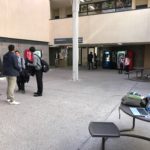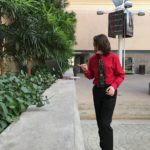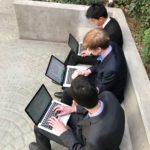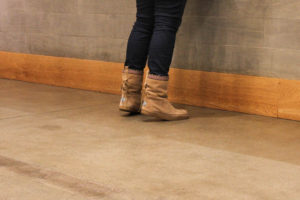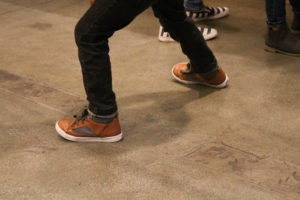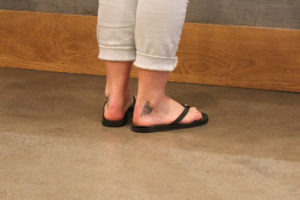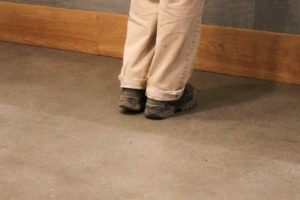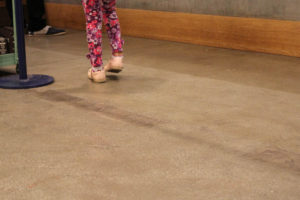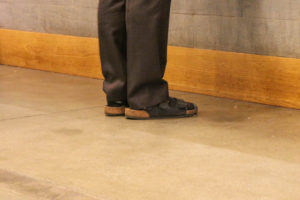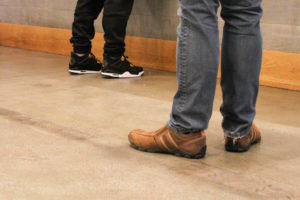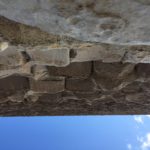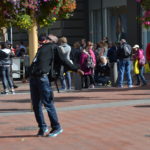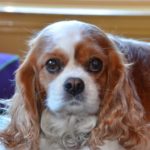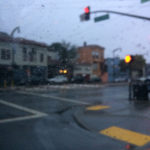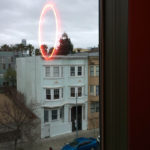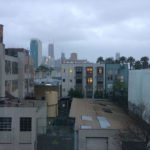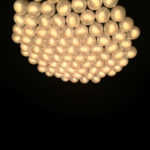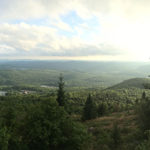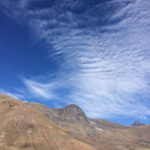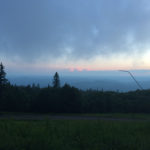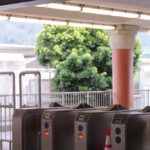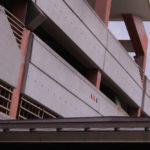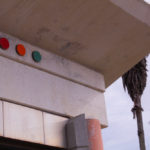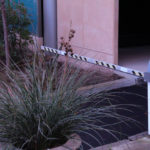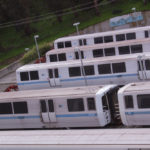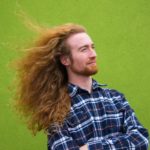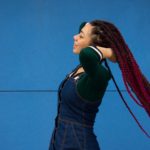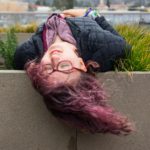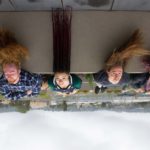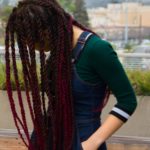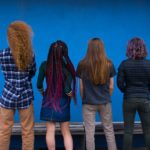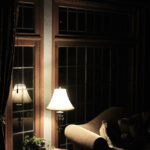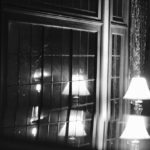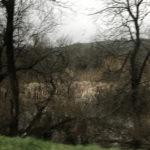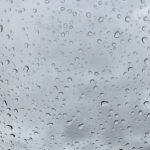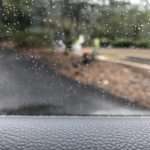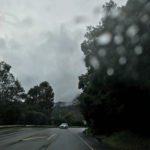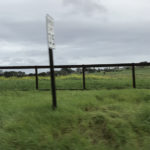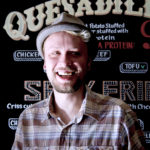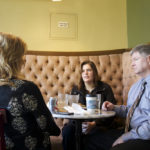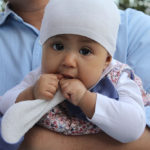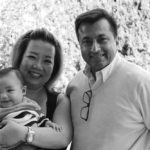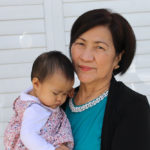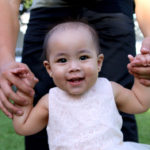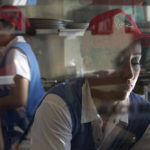Category: Uncategorized
Griffin’s Tale of Shoes
To tell my story, I attempted to limit myself to expressing emotion and diversity through legs and shoes. Oftentimes, I find that people express a hidden aspect of their character through their shoes, so I attempted to capture it by forcing the eyes of the audience onto it. However, the rules that I set out in the beginning were probably too strict, not allowing me the freedom to express some complexity.
Rules:
- no torso or upper body
- must be of people waiting in line
- capture some oddity, identity, or emotion
Telling Stories—Will C
This was a strange dream I had recently, including golf, flying, and an early awakening. Some of the photos wouldn’t upload due to some HTTP error so I’m trying to figure that out.
Cooper Telling Stories: Escape
OPTION THREE: Tell a story with images that you make and put together, one after another, to recount something — be it abstract, conceptual, documentary or journalistic. You can follow one person, a group, a place. Inside or out. It can be very vast or very small. It can be realistic or abstract. As opposed to OPTION ONE above, this should be something real, though it can be abstract, like a feeling. Each image should add something that hasn’t been seen in the images that precede it, meaning the selection should be coherent.
In this collection, I attempted to create a first person narrative of someone who experiences a monotonous urban landscape as the backdrop for their everyday life and their break from this scenery, perhaps through a dream.
Jake Telling Stories: “Living a Dream”
My goal is to recreate the feeling of being in a dream: each image tries to convey a small contradiction or keep the viewer from being fully able to grasp what is happening in the photo. This is supposed to mirror what dreaming is like: not everything is clear or correct, but in the moment, it feels real.
Telling Stories – Will K.
I want to try to take photos of urban environments that feel especially desolate and futuristic, yet nostalgic of the era of the early 2000s, and the mentality of an “urban hell”. I would say my project is a hybrid of option three, with the core feeling being nostalgia, and option four. The parameters I set for myself were: no people, and solely photos of architecture, although I guess you could consider the trains in “Laid to Rest” as not really architecture.
Tresses
I chose prompt number four, to create a set of parameters for myself. My parameter was to find one interesting physical characteristic, such as bright eyes or certain clothing color, and to work on staging photos. This characteristic eventually ended up being cool hair, and I got to collaborate with the yearbook team (who rounded up some very willing models for me to work with).
When doing documentary projects of this nature, I often end up with a smattering of individual photos that don’t work together, so my other self-requirement was to make a cohesive series. I don’t know whether or not I adhered to this one perfectly, but I definitely followed it more than usual.
Sensory
My attempt at describing a recurring dream I had when I was younger. It was very abstract and hard to explain with words, but it included shapes, lights/darkness, textures, and a sort of weighted feeling.
“On The Road” – Telling Stories – Thomas
I chose prompt 4: The greatest freedom is to have no choice. Make and write down a set of parameters within which you will work. This could be geographic, psychological, thematic or technical. The point is to make very strict and precise choices about how you will NOT work. The stricter the better.
As suggested by the title of my work, I took pictures while riding in the car (regardless of whether it was moving or still). I drew inspiration from my daily commutes — I spend a lot of time looking out the window, and I thought that it would be nice to capture some of the scenery that I see everyday.
Telling Stories — Loreen
OPTION FOUR: The greatest freedom is to have no choice. Make and write down a set of parameters within which you will work. This could be geographic, psychological, thematic or technical. The point is to make very strict and precise choices about how you will NOT work. The stricter the better.
My personal guideline was to take photos of people, both staged and candid. This was a big and somewhat uncomfortable leap for me, as I’m accustomed to mainly photographing inanimate objects. It was hard to ask people to have the permission to take their photographs, but I think it’s becoming something I’m more comfortable doing.
